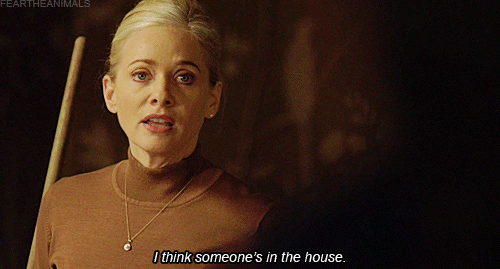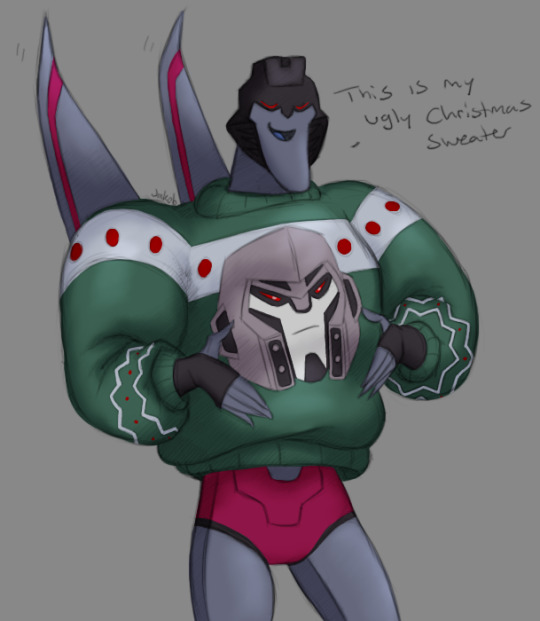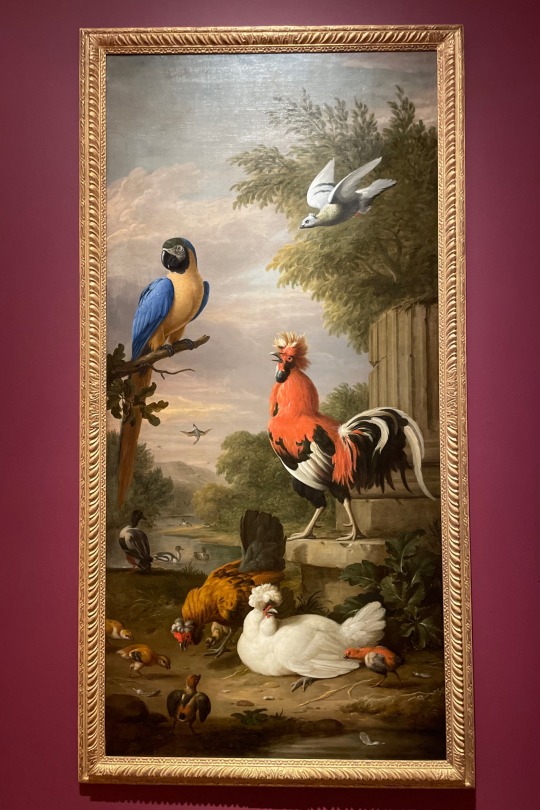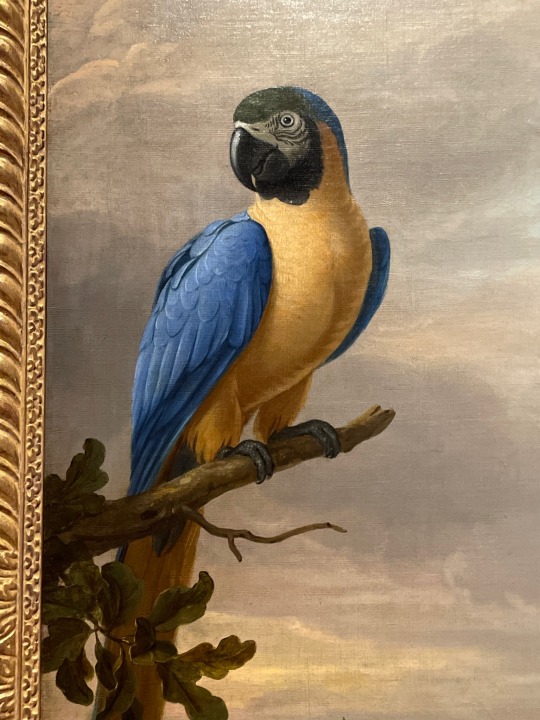#jakob animates
Explore tagged Tumblr posts
Text

I am on a SkyStar streak it seems, so enjoy this simple animation of the husbands <3
Here's the sketch I made before lining/colouring it,

#transformers#tf#transformers g1#tf g1#transformers starscream#tf starscream#transformers g1 starscream#tf g1 starscream#starscream#transformers skyfire#tf skyfire#transformers g1 skyfire#tf g1 skyfire#skyfire#skystar#transformers animation#maccadam#jakobsdoodles#jakobs doodles#jakob animates
361 notes
·
View notes
Text

Insert witty joke about anthropomorphic animal games here
#spideer'sart#myart#i made the rusty lake characters into animal crossing villagers just to be clear#rusty lake#william vanderboom#mr. owl#jakob eilander#harvey rusty lake#mr. crow#aldous vanderboom#albert vanderboom#laura vanderboom#robert hill#dale vandermeer#Nicholas eilander#gerard eilander#elizabeth eilander#David eilander#ive wanted to draw rusty lake characters for awhile now but i was never happy with how they looked#so i have settled with interpretting media i enjoy through another media i enjoy so i have lower expectations for myself#also i am so sorry elizabeth. i did you wrong here in both forms#really proud of how David turned out tho [all 3 forms]#same with dale#maybe its cause those two are my favs
267 notes
·
View notes
Text
Wet Beast Wednesday: giant salamanders
Everyone knows salamanders, right? The little lizard frogs that show up around ponds. Well what if I told you that not all salamanders are little. In fact, some species can get quite large, but none get bigger than the aptly-named giant salamanders. I'm not just talking about any big newt, I'm talking about the unique members of the family Cryptobranchidae.

(Image: a Chinese giant salamander. It is a large, lizard-shaped animal with brown skin and black blotches. Its limbs are short and its tail is flattened to look like a long fin. It has wrinkly folds of skin along the side. End ID)
There are three(ish) species of giant salamander in two genera: the Japanese and Chinese giant salamanders of the genus Andrias and the hellbender of genus Cryptobranchus. The name Cryptobranchidae means "hidden gills", which is appropriate as giant salamanders are unique in that they are the only salamanders who reaming fully aquatic as adults without retaining external gills into adulthood. All salamanders are aquatic as juveniles and have external gills and many groups have independently evolved to remain fully aquatic as adults. However, other species, from axolotls to olms, adapted by retaining their external gills as adults, a trait called neoteny. Giant salamanders have had to find another way, especially since a body as large as their needs quite a bit of oxygen. Their solution was to take a common amphibian trait and turn it up to 11. It is common among amphibians to be able to absorb dissolved oxygen in water through their skin. This is usually a supplement to either gills or lungs, but giant salamanders use it as their main means of respiration. The skin is thin and filled with small veins that can perform gas exchange with the water. Giant salamanders evolved very wrinkly skin flaps along ther sides to increase the amount of surface area available for gas exchange, allowing them to sustain themselves. They do require access to running water with a high oxygen content, as still or low-oxygen water doesn't provide enough oxygen to survive. They do have lungs, but use them more for buoyancy control than breathing.

(Image: a man holding/bear higging a giant salamander. The salamander is longer than his torso, not including the tail. end ID)
The Japanese and Chinese giant salamanders are very closely related to each other and rather similar in physiology and behavior. There's also not just one Chinese salamander. Genetic testing has reveals that what was once called Andrias davidianus is actually a species complex. This is when what was thought to be one species turns out to actually be a group of related species. There is some debate over whether the five identified populations of Chinese giant salamander should be classified as subspecies or their own species, though the latter interpretation seems to be the most popular. All the populations are very similar and can interbreed with each other, so I'll discuss them as a group. The largest of the group (and world's largest amphibian) is the South China giant salamander (Andrias sligoi) which can reach 1.8 m (5.9 ft) and 50 kg (110 lbs), but adults average 1.15 m (3.8 ft) and 25-30 kg (55-66 lbs). The Japanese giant salamander (Andrias japonicus) reaches a slightly smaller maximum size of 1.5 m (5 ft) and 25 kg (55 lbs), with most being smaller. The Chinese and Japanese giant salamanders are closely related enough that they can hybridize.

(Image: a Japanese giant salamander resting on mossy rocks underwater. Its body is light brown with darker blotches and the head is covered in nodules. End ID)
Because of how closely related the Japanese and Chinese salamanders are, their biology and behavior are quite similar. They are mostly a dark brown color, but can also be other tones of brown, reddish, or black. The eyes are lidless, small, and poorly-developed, giving the salamanders poor eyesight. Their primary sense comes from the lateral line, a line of hair cells that extends down the body and sense movement of the water. Using the lateral line, the salamanders can sense the movement of prey and threats in the water around them. They utilize suction feeding, slowly approaching prey, then rapidly opening the mouth to generate a vacuum and suck food into the mouth. The prey is then killed or incapacitated with a powerful bite. The esophagus is lined with powerful muscles and uses mucus as lubricant to allow the salamander to swallow large prey. The head and throat have nodules on them, the arrangement and number of which can be used to differentiate Chinese and Japanese salamanders. Both groups of salamander can secrete a strong-smelling, milky white substance to ward off predators. A low metabolism and generally low activity level allows the salamanders to last of up to a few years between meals. The Chinese salamanders can make vocalizations including barks, hisses, and sounds very similar to the crying of a human baby. The hellbender (Cryptobranchus alleganiensis) is smaller than it's Asian relatives, reaching a length of 30-74 cm (12-29 in) and up to 2.2 kg (5 lbs). They are usually brown or reddish-brown, but can also have a gray, yellowish, or black coloration. Hellbender biology and ecology is fairly similar to that of their relatives.

(Image: a hellbender underwater. It looks like the other two species, but is smaller, lighter brown, and has no nodules on the head. End ID)
Chinese and Japanese giant salamanders live in cool, clear streams and rivers in the Yangtze river basin (Chinese) and the islands of Honshou, Kyushu, and Shikoku (Japan). Hellbenders live in similar treams in the eastern United states, with one population (which may be a subspecies) living in the Ozarks region. As predators, their diets include worms, fish, crayfish, freshwater crabs, other amphibians, and small mammals. They are also cannibals and will opportunistically feed on smaller members of their own species. All species are territorial animals that will attempt to drive others out of their territory, though hellbenders are less territorial than the other species. Hellbenders prefer to live in cavities dug out under rocks, which helps them shelter from predators. Due to their low metabolisms, giant salamanders live much longer than most amphibians. Captive individuals have been recorded living for 60 years (Chinese), 52 years (Japanese), and 25 years (hellbender). All species are nocturnal.

(Image: a hellbender emerging from beneath a rock with a crayfish in its mouth. End ID)
Mating occurs seasonally, triggered by warmer water in the summer. During this period, males will search for ideal nesting sites, leaving their territories if necessary. An idea nesting site is sheltered beneath a rock. There are often fewer nesting sites than males, meaning only the largest and strongest males will be able to claim nests. Males then use courtship displays to woo females. Alternatively, male hellbenders will chase passing females into the nests and refuse to let them leave until they mate. Unlike most salamanders, giant salamanders practice external reproduction, where the female lays eggs and then the male fertilizes them. The male then guards the nest until the eggs hatch. During this period, he will keep the nest and eggs clean and use his tail to keep water moving over them. Males will eat eggs that are unfertilized, unhealthy, or show signs of infection. This helps keep the other eggs as healthy as possible. The offspring are born with external gills, which they will lose as they mature. It can take several years for the larvae to reach maturity.

(Image: a group of giant salamander larvae in captivity. They look like smaller versions of the adults, but with feathery gills emerging from each side of the neck. End ID)
Both hellbenders and Japanese giant salamanders are classified as vulnerable by the IUCN, while Chinese giant salamanders are critically endangered. Their primary threats are habitat loss as streams are dammed, dry up, or become polluted. Warming water temperatures also threaten them. Chinese giant salamanders have experienced a major drop in population since the 1950s. In addition to habitat loss, Chinese giant salamanders are also eaten by humans. While hunting wild specimens is now illegal in China, they are heavily impacted by poaching. The fine for poaching giant salamanders is pathetically small compared to the sale price for one of them, further encouraging poachers. Captive breeding and release programs have shown some success, but may have contributed to the spread of disease. In response to the rarity of the salamanders, a new farming industry has sprung up in, raising giant salamanders for food. The captive population of Chinese giant salamanders in farms vastly exceeds the estimated wild population. Chinese giant salamanders have also been introduced to Japan, where they have been hybridizing with the Japanese salamanders, a major hindrance to conservation efforts. Japanese giant salamanders have been legally protected since 1951. The origin of the name hellbender is unknown. Other names for hellbenders include the water dog, Allegheny alligator, grampus, snot otter, and (my personal favorite) lasagna lizard.

(Image: a holding pen in a Chinese giant salamander farm. Over a dozen salamanders are sitting in a shallow water enclosure stocked with bricks and small fish. End ID)
I will leave this post off with a weird fact. In 1726, a Swiss physician named Johann Jakob Schuechzer declared a fossil giant salamander to be the remains of an ancient human who died in the mythical flood of Noah's ark and named it Homo diluvi, meaning "man who witnessed the deluge". In 1812, paleontologist Georges Cuvier examined the fossil and realized (probably very quickly) that it definitely wasn't a human. Once the fossil was identified as a salamander it was given the name Andrias scheuchzeri. As Andrias means "image of man", both the genus and species names acknowledge Schuechzer's weird idea.

Behold: a man (Image: the original Andrias scheuchzeri fossil that Schuechzer thought as a human. It is a front half of the skeleton of what is clearly a lizard-shaped animal and not a human. End ID)
#wet beast wednesday#giant salamander#chinese giant salamander#japanese giant salamander#hellbenders#salamander#amphibian#Johann Jakob Schuechzer bashing#biology#ecology#zoology#animal facts#informative#educational#image described
136 notes
·
View notes
Text

A cockerel and other birds by a ruined wall in a landscape with a cottage and dovecote beyond — Studio of Jakob Bogdani
#jakob bogdani#art#cockerel#birds#ruins#landscape#country#cottage#countryside#dovecote#british#europe#european#animals
29 notes
·
View notes
Text

I drew this to make a charm for my boyfriend! I’ll show you when it gets here
#fire emblem#fire emblem fates#jakob fire emblem#rendered art#small artist#artists on tumblr#digital art#artwork#my art#oc#animation
16 notes
·
View notes
Text

Feeling bad last days
#artists on tumblr#artwork#digital illustration#digital painting#drawing#painting#portrait#sketch#animation#genshin fanart#jakob ingold#narzissenkreuz
13 notes
·
View notes
Text
But a dazzling Unbalance deviates Faraway!
#narzissenkreuz#narzissenkreuz ordo#genshin impact#原神#水仙十字#rene de petrichor#alain guillotin#mary ann guillotin#jakob ingold#genshin fanart#genshin animation#fontaine#my art#turtlespancake art
63 notes
·
View notes
Text
NONE OF YOU TOLD ME OCHKAN WAS SUCH A RAGING FUCKING HOMOSEXUAL
#he wants xbalanque BADDDDDDD#like dude chill we get it you've got it down abysmal for that guy#“my god my universe” ahh 😭😭😭#men being just a little unsalvageably obsessed is my favorite animal#deshret boethius rene jakob it's all the same#why do they shove the high quality yaoi in the world quests#ochkanatlan#och kan#xbalanque#natlan lore#genshin lore
12 notes
·
View notes
Text


Animal transformations from a fantasy rp
23 notes
·
View notes
Text
plagued with visions of old gay men cooking and eating together. maybe they're on holiday in some sort of cabin and alistair shoots down a space deer and butchers it and they make several meals from it over the course of a longtime. wainwright helps make the sauce for the steaks and watches the bone broth and remembers all the measurements for the spices and after the main courses he makes dessert with the canned fruit he brought from home andandand
11 notes
·
View notes
Text






Happy birthday to eternally beautiful Barbara Crampton! The horror icon turns 65 today.
#horror#scream queens#barbara crampton#from beyond 1986#re animator#jakob's wife#you're next#we are still here#suitable flesh#superhost
46 notes
·
View notes
Text

Do we think he'll win the ugly sweater competition?
note: I do not think tfa Megatron is ugly, quite the opposite lmao
#transformers#tf#transformers animated#tfa#transformers starscream#tf starscream#transformers animated starscream#tfa starscream#starscream#megatron#tfa megatron#ugly sweater#maccadam#jakobsdoodles#jakobs doodles
327 notes
·
View notes
Text

Finn Cole photographed by Sebastian Kim.
#actor#peaky blinders#finn cole#animal kingdom tnt#j cody#animalkingdomedit#michael gray#slaughterhouse rulez#dreamland#finncoleedit#f9#jakob toretto#animal kingdom
121 notes
·
View notes
Text

Jakob Bogdani (Hungarian, c.1660-1724) Asian Silkie Fowls and South American Parrot in an Imaginary Landscape, c. 1700-10 Oil on canvas, 86 1/2 x 45 1/4 in Virginia Museum of Fine Arts

🆔 the “South American Parrot” is a Blue-and-Yellow Macaw (Ara ararauna)

“Bogdani specialized in animal painting in an era when many wealthy Europeans paid large sums of money to obtain rare birds and other seemingly exotic animals from the far corners of the globe. As colonial empires were expanding at the turn of the 18th century, the traffic in species from remote locations was just another facet of the general fashion for foreign goods, such as food and luxury items, that asserted the international pretensions of the ruling classes of Europe.
As an artist who made his career in an international context, Bogdani was truly a man of his time. He was born in Hungary, but he established his reputation as a painter in Amsterdam before relocating to England toward the end of the 168os. This painting is characteristic of his English period and exhibits a familiarity with the subject matter that was gained by his close study of the collection of exotic birds amassed by the dukes of Marlborough. The inclusion of a macaw from South America and a family of silkie fowls from the Far East points to the extensive colonizing ambitions associated with the fascination for the exotic at the dawn of the so-called Enlightened Age.”
#animals in art#european art#museum visit#birds in art#bird#birds#parrot#macaw#blue-and-yellow macaw#Jakob Bogdani#18th century art#painting#oil painting#ID#VMFA#Virginia Museum of Fine Arts#menagerie#chicken#silkie fowl
23 notes
·
View notes
Text
youtube
Opinions on harvey?
(cw brief flashes at mr crow's part)
#rusty lake#animation#cube escape#harvey the parrot#aldous vanderboom#jakob eilander#mr owl#dale vandermeer#laura vanderboom#robert hill#Youtube#mr crow#flashing#blood
45 notes
·
View notes
Text

Jakob - Dragalia Lost
5 notes
·
View notes